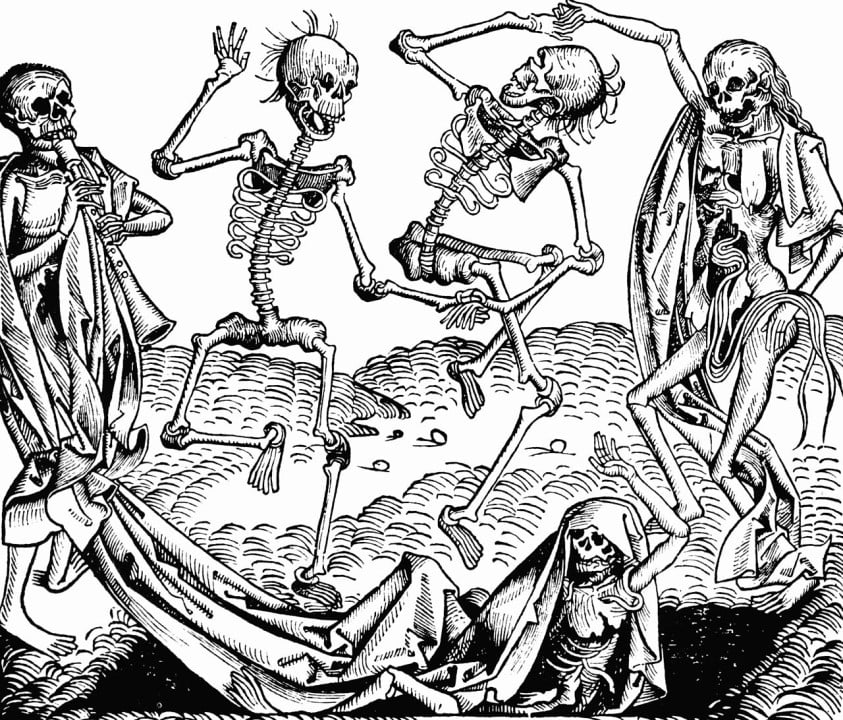eBrand Me is a digital marketing agency offering marketing & consultative services to CPAs and tax professionals.
Following up on Food Economy: Historic Famines Across China, India, Ireland, Russia and the Ukraine, this week we’ll...
Following up on Chinese Economy: A Brief History of Agriculture & Irrigation, this week we’ll discuss 10 historic...
Following up on Chinese Economy: Silk Industry, this week we’ll discuss the Chinese Economy from the standpoint of...
Following up on Chinese Economy: Iron Industry, this week we’ll discuss the Chinese Economy from the standpoint of its...
Following up on Chinese Economy: The Introduction of Paper Money, this week we’ll discuss the Chinese Economy from the...
Following up on World Systems Theory: Core, Periphery, Semi-Periphery, this week we’ll discuss the Chinese Economy from...
Following up on Capitalism: The Motive to Make a Profit, this week we’ll discuss World Systems Theory.which was...
Following up on Commodities Trading 101: Investing in Silver, Gold or Water, this week we’ll discuss capitalism which...
Following up on What Is the Average Return of the US Stock Market?, this week post is a compilation of past articles on...
Following up on Long Term Investing: Buy & Hold Regardless of Short Term Fluctuations, this week we’ll discuss the US...
SIGN UP FOR THE LATEST POSTS FROM EBRAND ME
Receive notifications of new posts by email.









